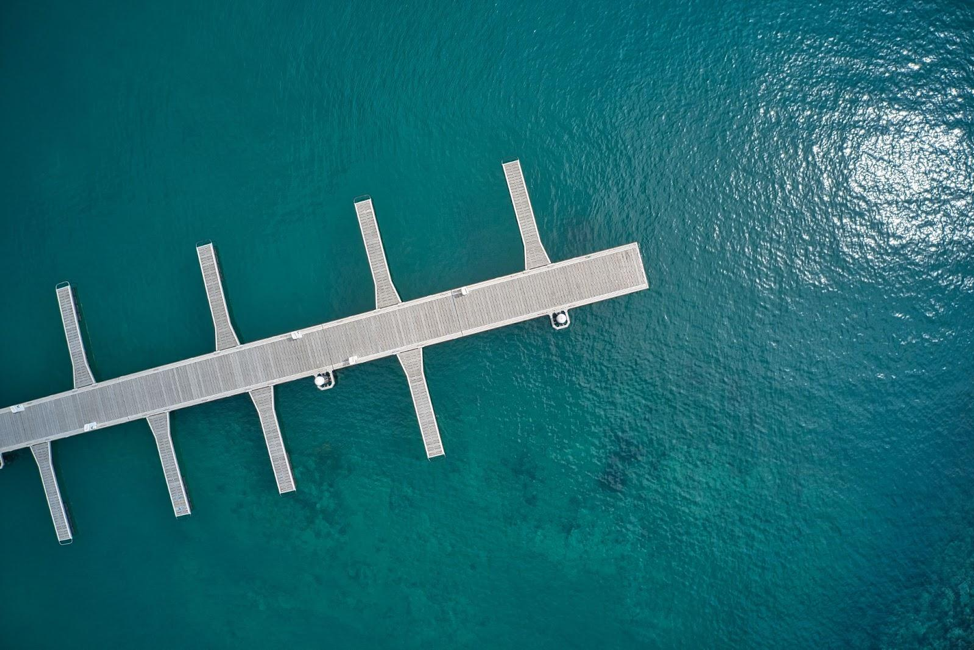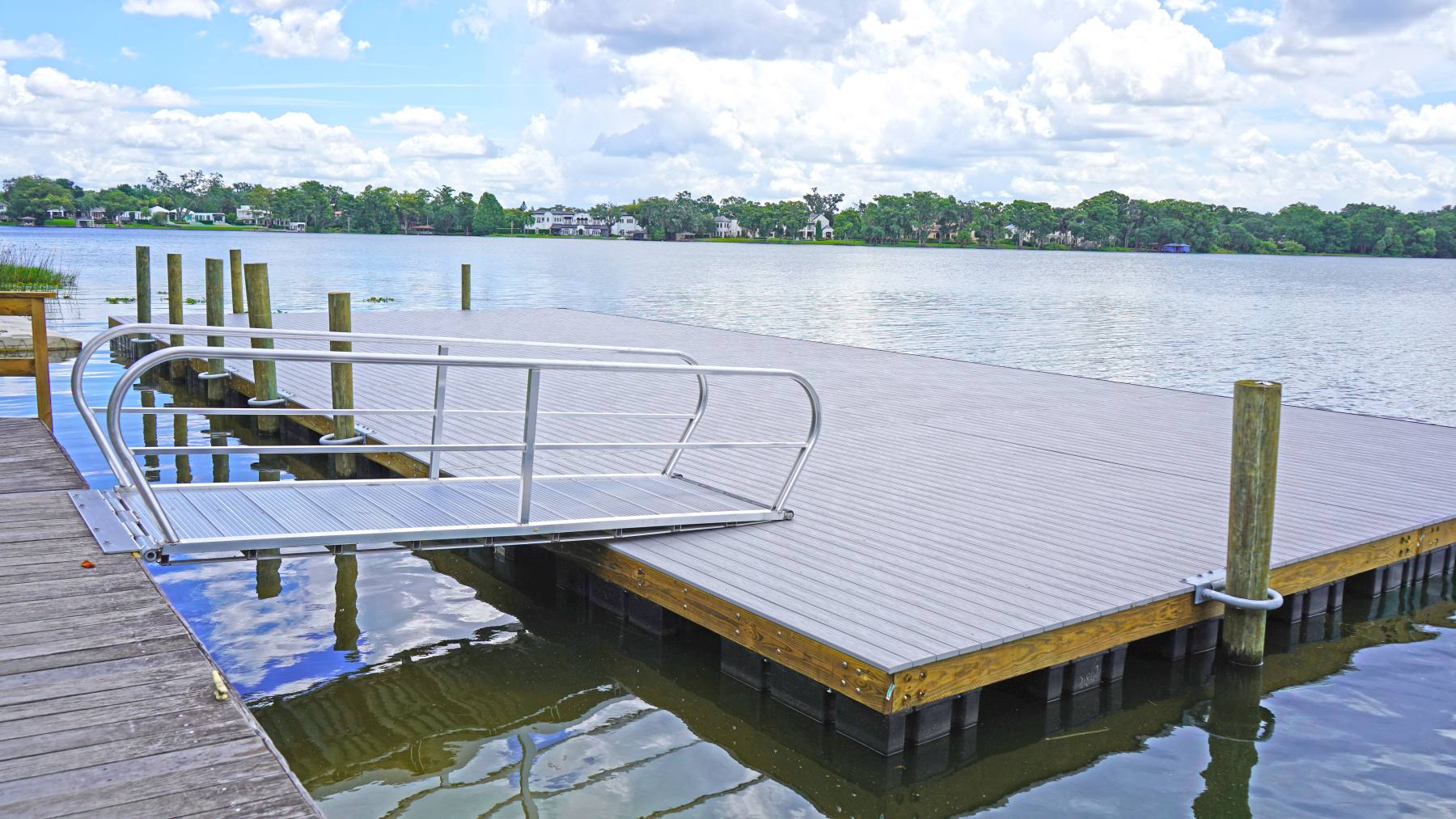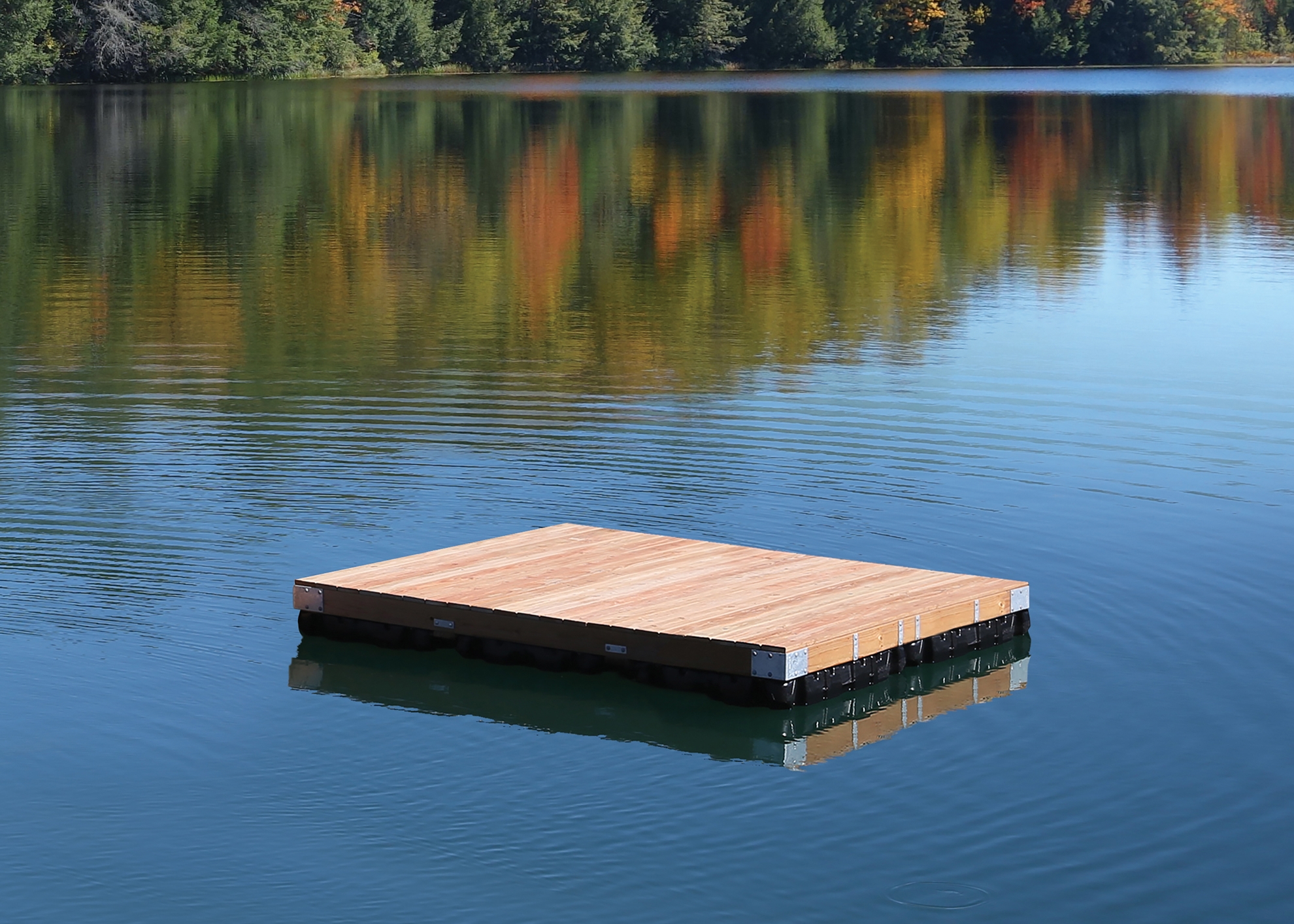Your Guide to Finding the very best Dock Company for High Quality and Dependability
Your Guide to Finding the very best Dock Company for High Quality and Dependability
Blog Article
Upgrade Your Waterfront With Sturdy Floating Docks
Updating your waterfront with resilient floating docks can considerably boost both capability and appearances, giving a flexible remedy for various water activities. With a variety of products readily available, consisting of low-maintenance options and standard timber, picking the right dock can complement your personal style and satisfy sensible needs.
Benefits of Floating Docks
Floating docks offer a wide variety of benefits that improve their charm for different maritime applications. Among the main benefits is their adaptability to changing water levels - floating dock builder. Unlike traditional set docks, floating docks fluctuate with the trend, making certain regular access for boats and watercraft no matter ecological problems. This function considerably decreases the risk of damages to vessels, as they stay safely tied even throughout fluctuations in water depth.
In addition, floating docks are less complicated to move and install, giving versatility for temporary or seasonal use. Their modular design enables personalization to fit specific requirements, whether for personal marinas, residential watersides, or commercial applications.
Furthermore, floating docks develop very little disturbance to the marine atmosphere, maintaining regional communities and minimizing the possibility of disintegration. They likewise supply enhanced security and stability for customers, as their resilient nature provides a more forgiving surface than inflexible structures.
Furthermore, floating docks can promote a varied series of activities, such as fishing, swimming, and entertainment boating, making them a beneficial property for waterside development. Their versatility and functionality make floating docks a preferred option for a variety of marine tasks.
Choosing the Right Materials
Picking proper materials for floating docks is vital to their durability, efficiency, and general performance. When choosing products, take into consideration factors such as ecological direct exposure, upkeep requirements, and architectural honesty. Typical products consist of wood, plastic, light weight aluminum, and composite alternatives, each offering unique advantages and disadvantages.
Timber, while visually pleasing, calls for routine upkeep to stop rot and degeneration. Pressure-treated timber can enhance toughness, but it may still catch water damage over time. Plastic floats, typically made from high-density polyethylene, are resistant to deterioration and need very little upkeep, making them an attractive selection for low-maintenance applications.
Light weight aluminum is one more practical option, known for its toughness and light-weight residential or commercial properties. It is resistant to corrosion and can hold up against extreme weather, although it may be more pricey than various other materials. Composite products integrate the most effective qualities of wood and plastic, offering a resilient and low-maintenance choice that resembles the look of wood without the associated drawbacks.
Inevitably, the option of product must line up with the planned use, environmental factors to consider, and budget plan constraints, making certain a practical and sturdy floating dock that fulfills your particular demands.
Installment Refine Overview
The successful installment of a floating dock relies upon careful planning find this and implementation, guaranteeing that it runs efficiently in its desired environment. The very first step involves analyzing site conditions, consisting of water deepness, shoreline functions, and dominating weather patterns, which will certainly educate the dock design and anchoring system.
Complying with the website assessment, the next stage is to prepare the floating dock elements. This consists of setting up the structure, securing floats, and connecting any kind of necessary hardware. It is vital to guarantee that all links are durable and waterproof to endure aquatic problems.
As soon as the dock is assembled, the setup process begins with placing the dock in the water. This can involve a crane or other training tools, especially for larger structures. Appropriate placement is important for performance and safety and security.

Upkeep Tips for Durability
Routine maintenance is essential for ensuring the long life and optimum performance of a floating dock. To accomplish this, start with regular evaluations at least twice a year, concentrating on the stability of the dock's structure, including the flotation gadgets and attaching equipment. Try to find indications of rust, wear, or damages, and resolve any issues promptly to avoid more wear and tear.
Cleaning up is an additional vital facet of maintenance. Eliminate particles, algae, and barnacles from the dock's surface to avoid unsafe conditions and preserve visual appeal. Utilize a light detergent and a soft brush to avoid damaging the dock's products.
Additionally, make certain that the dock is properly secured and protected to hold up against seasonal modifications in water degrees and weather. Check the anchoring system for security and make changes as needed.
Enhancing Your Outside Aesthetic
To develop an aesthetically attractive exterior room, incorporating a floating dock can dramatically boost the general visual of your waterside home. Floating docks are not just functional however can also work as a striking focal point that enhances the natural environments - floating dock builder. Offered in various materials and layouts, these docks can be customized to match your residential property's building design and landscape
The addition of ornamental aspects, such as integrated lights or stylish barriers, even more boosts the dock's aesthetic appeal. Think about making use of investigate this site all-natural timber surfaces, which blend effortlessly with the atmosphere, or choosing modern-day materials like light weight aluminum or composite decking that provide a streamlined, modern appearance.
Tactically positioning planters or seating areas on or around the dock can develop welcoming spaces that motivate leisure and satisfaction of beachfront views. Furthermore, incorporating colors and appearances that look at here now integrate with your landscape will develop a natural visual throughout your exterior area.

Conclusion

Upgrading your beachfront with durable floating docks can considerably boost both performance and visual appeals, offering a functional solution for various water activities. Unlike standard set docks, floating docks increase and autumn with the trend, making sure consistent ease of access for watercrafts and boat regardless of ecological problems.Selecting proper products for floating docks is essential to their durability, efficiency, and total efficiency.As soon as the dock is assembled, the setup process starts with placing the dock in the water.In recap, floating docks deal various benefits, consisting of adaptability to water level changes and a selection of material alternatives.
Report this page